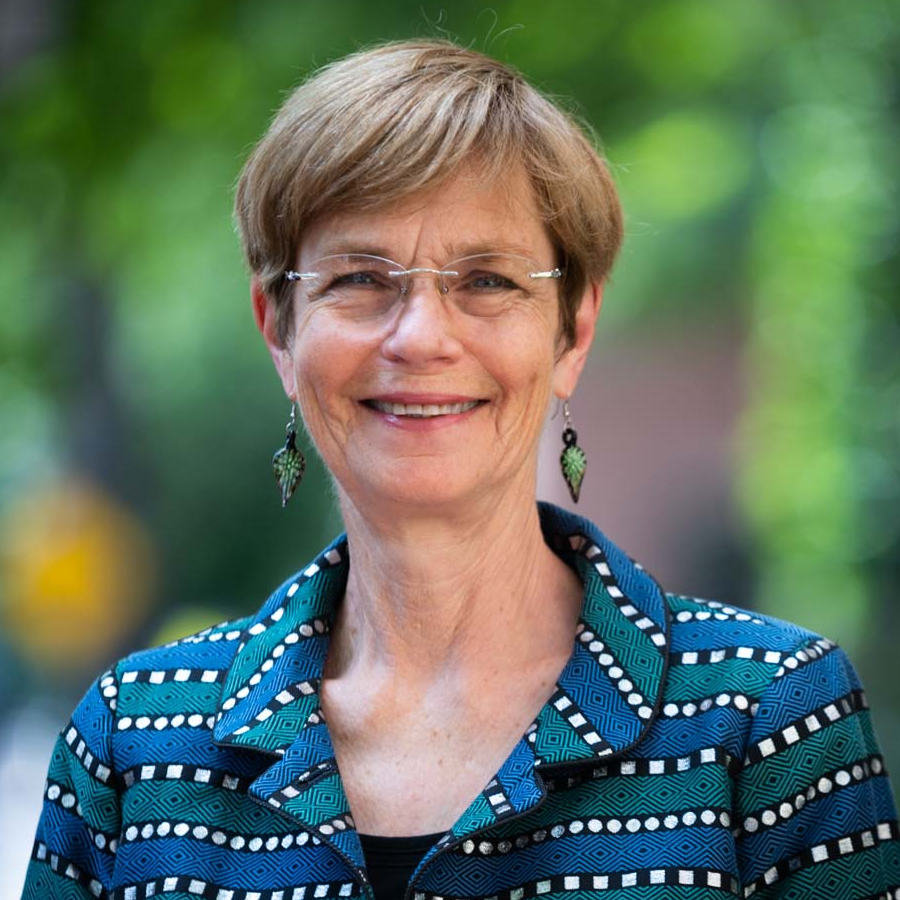The State of America's Direct Support Workforce Crisis 2024
New report sheds light on persistent problems facing community providers due to ongoing recruitment and retention challenges
Browse the Data
Connections - 10.28.21
CEO Perspective: On Hope, Dahlias, and Pixie Dust
Share this page
Stay Informed on the Latest Research & Analysis from ANCOR
More News
Industry Insights - 12.19.24
Industry Insights: December 2024

Capitol Correspondence - 12.10.24
House Leadership Urged to Bring Direct Support Professionals Bill to Vote

Capitol Correspondence - 12.03.24
CMS Issues Guidance on Medicaid and CHIP Ex Parte Renewal Requirements



 As this issue of Connections is published, it appears Democrats are on the verge of an agreement that will infuse more new money into the Medicaid system at once since the inception of the program. With the Delta variant subsiding, and the workforce crisis finally a congressional and Administration priority, I’m feeling cautiously and tremendously hopeful. Seeing those two adjectives side by side seems a bit absurd, but it’s consistent with the roller coaster of emotions wrought by this pandemic and the actions it has forced us to take!
As this issue of Connections is published, it appears Democrats are on the verge of an agreement that will infuse more new money into the Medicaid system at once since the inception of the program. With the Delta variant subsiding, and the workforce crisis finally a congressional and Administration priority, I’m feeling cautiously and tremendously hopeful. Seeing those two adjectives side by side seems a bit absurd, but it’s consistent with the roller coaster of emotions wrought by this pandemic and the actions it has forced us to take!